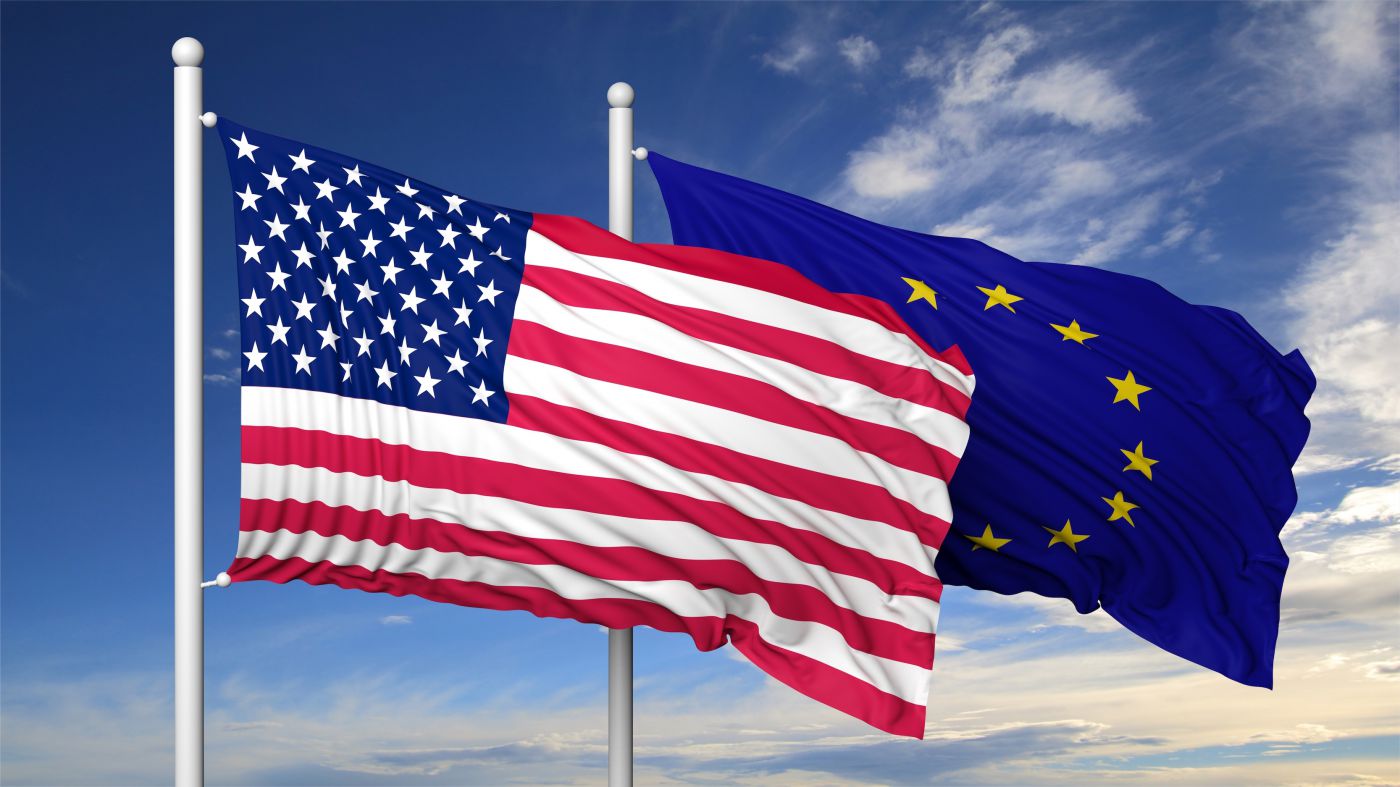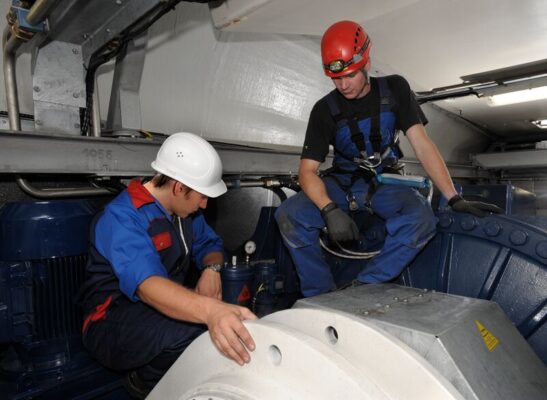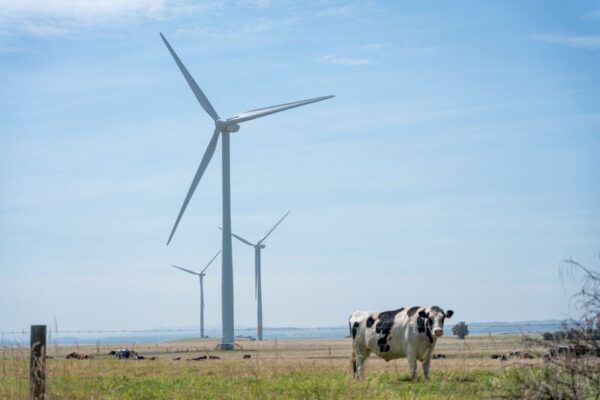Europe and the USA are both world leaders in wind energy. Both have experienced a boom over the last few decades, with the two different regions relying more heavily on the sustainable form of electricity generation. Europe is pushing ahead with offshore wind, highlighted by the Hornsea 1 project in the UK – the largest offshore wind farm in the world. While offshore wind is present in the USA, it is some way behind Europe. Why is this? Is it due to political policy, availability of resources, or simply preference? Let’s take a look at the situation in more detail.
While the stronger, consistent winds at sea can enable wind turbines to generate more energy, there are many technical considerations that may be problematic. If a wind turbine requires maintenance, it is much more isolated compared to a turbine on land. Marine vessels are needed to reach them, which can be expensive. Add unexpected downtime into the mix, and this becomes even more complicated.
The maritime aspect of offshore
One of the main obstacles for offshore growth in the USA is the Jones Act. This legislation requires all ships operating in US waters to be built in the USA, registered in the country, owned by a company with 75 percent US ownership, and crewed by 75 percent US sailors. As a result, the number of available service teams and staff are somewhat limited, which in turn drives up prices. This is quite the opposite in Europe, where the offshore market is highly competitive. A more diverse market leads to lower costs for services. However, this doesn’t mean that offshore wind isn’t a lucrative option in the United States, highlighted by the fact that the market continues to grow. Nonetheless, there is still work to do before the USA catches up with Europe in this regard.
European offshore wind capacity grew by 18 percent in 2018.
When it comes to suitable coastlines and size, the USA has a clear advantage. Many European nations are landlocked or only have a small coast – with some countries running out of space to install new wind farms. The US coastlines are vast and could support many major cities in populous states such as California, Florida, and New York. Obviously, Europe also has many coastlines, but they are not available to every nation, potentially making distribution throughout the whole continent more of a challenge. There are a lot of opportunities for the USA in offshore. The goal is now to turn this potential into reality.
The United States has the technical potential to generate 2,000 gigawatts (GW) via offshore wind – nearly double the nation’s current electricity use.
Driving development in offshore wind
Infrastructure also plays a key role in making offshore wind viable. Nations such Germany, the UK, and the Netherlands have opened ports to support the wind energy sector. These ports do not support a single country; they are instead cross border and support companies with logistics and maintenance, for example. All of this contributes to driving development in offshore wind. The USA doesn’t have the same level of infrastructure in place yet, making widespread adoption of offshore more difficult. Many states are now investing in projects to open ports, illustrating how this type of wind energy is expected to grow.
Offshore wind on the rise
While the USA may still be behind Europe, continuous growth is expected in both regions. The United States has a vast amount of untapped potential, which could generate jobs and more efficient wind energy. Europe is currently well placed and introducing even larger turbines that can generate more power. Europe might be winning the offshore race at present, but how long before the USA catches up?



